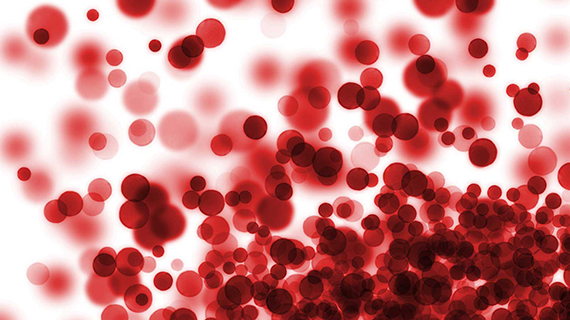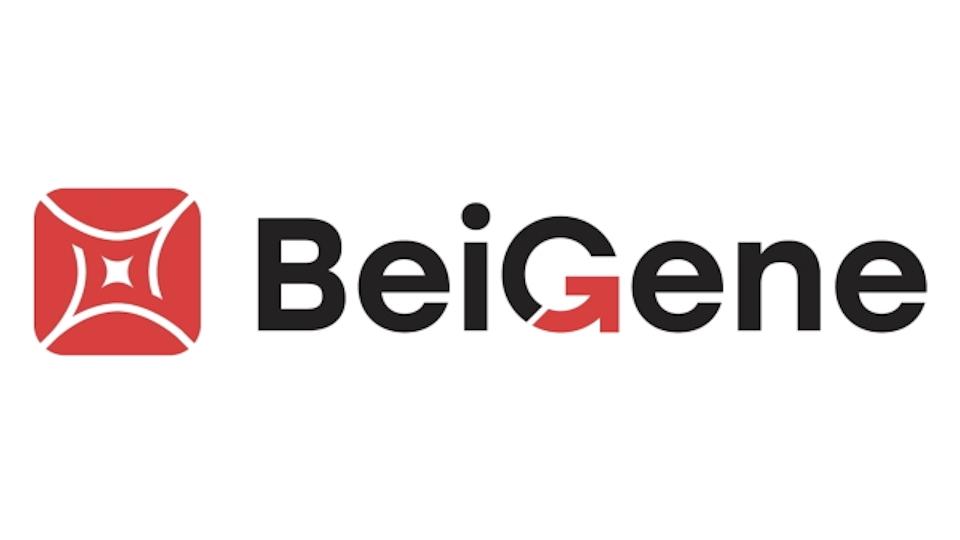Looking within pharma for social media inspiration

Hot on the heels of the publication of Ogilvy Healthworld's white paper comparing how social different pharma companies are, pharmaphorum's Paul Tunnah speaks with Joanne Wunder and Leo Ryan to find out what inspired the survey and what it can tell us about the industry.
Slowly, but surely, pharmaceutical companies are trying out new ways of engaging with other healthcare stakeholders via social media channels to see how they can be integrated into more traditional communications activities. But some pharma companies are moving much more quickly than others, leading to some being more like social media butterflies and others standing back – the wallflowers.
Neither is right or wrong, but in a recent survey conducted by Ogilvy Healthworld (and published on pharmaphorum) it was interesting to see the relative positions of pharma companies with regards to their social media engagement and how fast they are developing. Here, Ogilvy's Joanne Wunder and Leo Ryan talks to pharmaphorum about what inspired the survey, what it tells us and how it provides clues to the future direction of pharma social media.
Interview summary
PT: Why do you feel it is important to measure how social pharma companies are?
JW: Social media is the most exciting and rapid evolution in pharmaceutical communications. As an industry pharma has been more cautious due to lack of regulation in the area – but this is changing. We thought it was important to get a picture of where companies are now to see how they evolve in this area over time.
LR: In many ways social media is a shorthand for how willing an organisation is to open up its operations to external collaboration and partnerships and to experiment and innovate, both key elements to success in today's business environment. So an understanding of a company's willingness to embrace social could well be an indicator of its ability to innovate.
I think this is particularly important to unravel some of the myths around social and pharma - that pharma companies can't engage on social - which this research demonstrates is clearly a selective position, not an industry or regulatory one.
PT: And how do you measure how social pharma is?
JW: In this audit we wanted to paint a picture of how companies are engaging with their audiences. Although we looked at areas like how many social channels companies are active on, levels of activity and community sizes, what is actually more important is level of engagement. By this we mean how are companies responding to and engaging in dialogue with their communities. And conversely, how are stakeholders using and reacting to the information companies are sharing? By looking at how content is retweeted, liked and shared, we get a sense for how much value companies are providing in terms of news, education and information.
PT: So, is the pharma industry learning to be more social, despite the regulatory challenges?
JW: Yes – most companies are participating in social media in some form, and some social butterflies have really embraced it! The regulatory challenge is a lack of clear guidance, rather than over-restrictive guidance, but many companies have developed effective and compliant strategies for engagement.
PT: Which companies came out as leaders for social media engagement?
JW: Companies that have significant consumer arms, such as GSK and J&J came out in the top rankings, as did the very large pharma companies. However we were pleased to see some smaller companies such as Boehringer Ingelheim and Novo Nordisk coming out on top too. It was also good to see Eli Lilly accelerating their activities between 2012 and 2013, with the launch of LillyPadEU no doubt being important here.
PT: What are these companies doing differently?
JW: These companies display warm and responsive personas in their social media activities. They genuinely engage with their stakeholders and a lot of their activities are focused on helping their communities, via provision of interesting and useful content, rather than just broadcasting corporate news.
PT: How do the results mirror changes that you see happening in the industry?
We have seen a slow but dramatic shift within the industry regarding social media. A few years ago many companies were making the first tentative steps in social media and the work supporting this would involve simple things like writing tweets for press releases. Now, much more focus is given to developing and implementing social media strategy, content and campaigns. These results clearly reflect that shift – and the change was even evident between 2012 and 2013.
PT: What would you predict for next year's survey?
JW: I think we will see more social butterflies in the industry! Now that some pioneers have paved the way other companies are gaining the confidence and reassurance that pharma can engage with stakeholders in a compliant way. In addition the fears that social media would unleash a flood of adverse event reporting were largely unfounded – more companies now recognise that the benefits of social media, in terms of corporate reputation and the insights that stakeholder dialogue provide, far outweigh the perceived risks.
LR: This year we have seen an increase in adoption of social media as a marketing function. I predict we will see is what we are seeing in other industries; an increase in social media across the enterprise - as a collaboration tool, a function of HR, a customer service tool and as an enabler of permeability, an attribute that businesses are quickly realising is key to their success in a world full of agile, responsive startup challengers. Pharma is no exception, in fact, with the interest in health technology and bio technology it could be argued that pharma is under more pressure than most others to embrace collaboration and innovation, and social media is one of the key channels for this.
To download the full survey results click here
About the interviewees:
Joanne Wunder is a Business Unit Head in Ogilvy HealthPR, an agency that continuously pushes the boundaries of healthcare communications to deliver innovative and impactful campaigns, and the Healthworld lead for Social@Ogilvy. Ogilvy Healthworld is part of Ogilvy CommonHealth Worldwide, with 65 offices across 36 countries, which provides marketing services including brand identity and development, clinical trial recruitment, digital/ interactive services, direct-to-consumer, direct-to-patient, global integration, managed care marketing, market research and analytics, media planning and buying, medical advertising and promotion, medical education, public affairs and relations, relationship marketing, scientific communications and publications and strategic consulting.
Leo Ryan is Group Head of Social@Ogilvy, London
For more information please visit:
Closing thought: How social is pharma?











